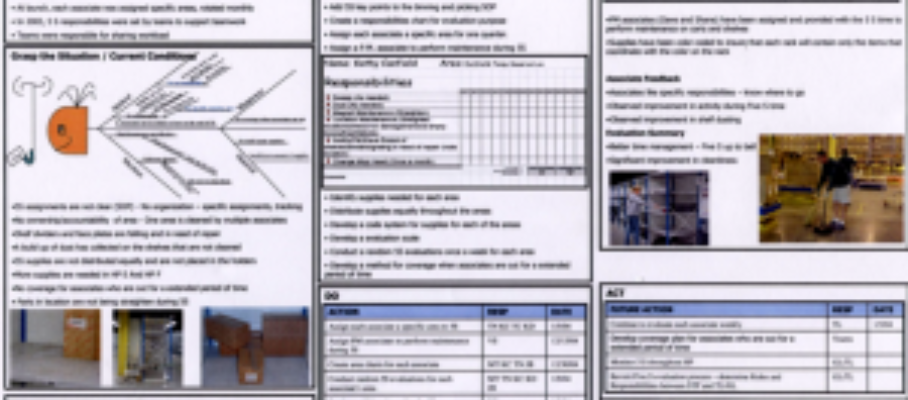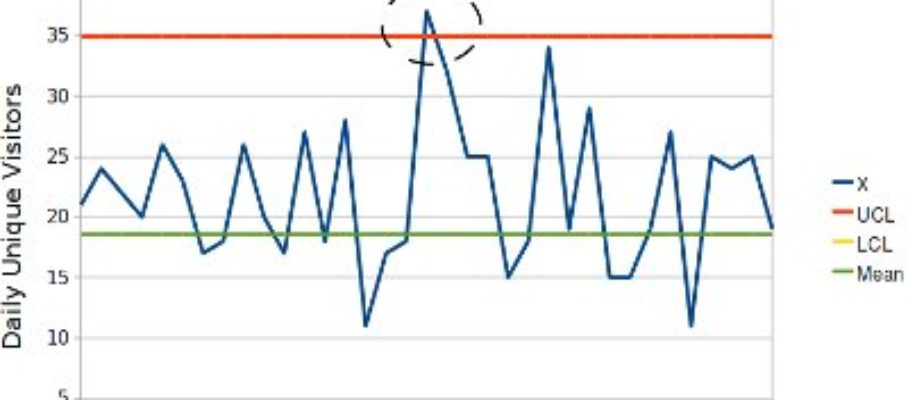Jan 2 2012
What is an A3?
Many discussions of A3 reports in Lean omit one basic fact: A3 is a paper format. In millimeters, a A3 sheet is 297X420, roughly equivalent to 11×17 in inches. It is the size of two A4 sheets side-by-side, and half of an A2 sheet. The A-series of paper sizes is used all over the world, except in the US…
An A3 report is not just a story on one sheet of paper, but on one sheet of paper of this particular size, which has been found right to tell a manufacturing story with just enough details without turning into a victorian novel.
It can be posted on bulletin boards or above operator workstations. Operator instruction sheets are actually supposed to be on A3 paper.
Size does matter. If you shrink an A3 to A4 or letter size, it is no longer works as an A3, because the print will be too small for viewing on a board. If you show it on a PowerPoint slide, it is not an A3 either, because it does not have the permanence of hardcopy and, unless you have really advanced IT, you cannot annotate it manually.










Jan 3 2012
Omissions on the ASQ’s History-of-Quality web page
Going backwards in time, the ASQ website’ page on the history of quality ignores Lean Quality in the late 20th century, interchangeable parts technology in the 19th, and the origin of the concept of “quality” in ancient Rome.
Specifically:
The first omission is critical because Lean Quality is the state of the art in quality management. The second is mind boggling: how could a history of quality skip over a massive, decade-long and eventually successful undertaking that was targeting the elimination of variability? The third is a detail.
Share this:
Like this:
By Michel Baudin • History • 1 • Tags: Lean, Quality